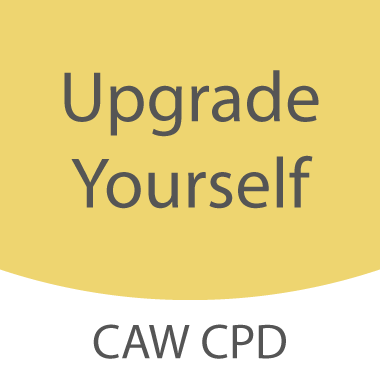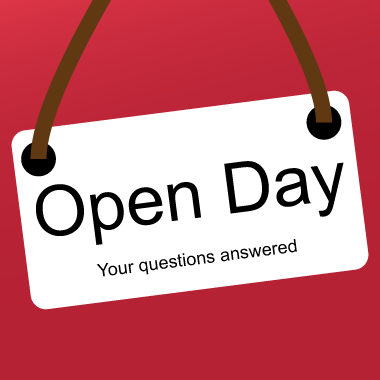Course Overview
Developed in partnership with Lantra and with encouragement and support from the Society of Practising Veterinary Surgeons (SPVS), this City & Guilds qualification is ideal for lay staff or veterinary care assistants (VCAs) involved in assisting veterinary surgeons with the monitoring of companion animals under anaesthesia and sedation.
Whilst it is recognised that the monitoring of anaesthesia of companion animals is best carried out by a qualified veterinary surgeon or veterinary nurse, this is not always possible in every circumstance. It is therefore important that lay staff, who may be called upon to assist, are equipped with the necessary knowledge and skills needed to do so in a safe, professional manner.
Under no circumstances will the learner be inducing, controlling or maintaining the level of veterinary anaesthesia of companion animals as this is, without exception, the responsibility of the veterinary surgeon. All anaesthetic monitoring must be carried out under the direct supervision of a veterinary surgeon in accordance with veterinary instructions and current RCVS guidance. Learners may not legally perform any action either during their training, or post-qualification, which may be interpreted as an act of veterinary surgery as defined by the Veterinary Surgeons Act 1966.
Key Facts
- Attendance: All course materials will be supplied via our online Virtual Learning Environment (VLE); therefore you will not be required to attend college. You will be supported by a college-based distance learning tutor and a supervising veterinary surgeon from your practice.
- Duration: 12 months.
- Start Date: This programme can be started at any time.
- Location: As this programme is studied by online learning you can be located anywhere in the UK or overseas. Overseas students must act in accordance with the legislation of the country in which they are participating in veterinary procedures.
Course Content
Over the course of the qualification you will study:
The preparation for, and induction of, veterinary sedation and anaesthesia
- Current legislation including the Veterinary Surgeons Act 1966 and current RCVS Guidance
- Admission and preparation of animals prior to anaesthesia
- Pre-sedation and anaesthetic patient checks
- The materials required for induction of anaesthesia
The principles of sedation and anaesthesia in animals
- Different methods of anaesthesia
- Common terminology in veterinary anaesthesia
- Basic physiology associated with respiratory and cardiac function and metabolism and excretion of anaesthetic agents
- Balanced anaesthesia
- Adequacy of anaesthesia (stages, planes and depth of anaesthesia)
How to safely assist in the provision of veterinary sedation and anaesthesia procedures under direct supervision of a veterinary surgeon
- Basic pharmacology, routes of administration, storage, controlled drugs etc
- Health and Safety legislation
- Anaesthesia monitoring – observations, measurement of vital signs, anaesthetic record sheets, reporting of findings to the veterinary surgeon
- Recovery – accommodation, recovery positions, monitoring during recovery and complications of prolonged recovery
- Assisting with the monitoring of anaesthesia under the supervision of a veterinary surgeon
- Scavenging and safe disposal of consumables and waste
- Record keeping and documentation
Preparing and care of equipment used for veterinary sedation and anaesthesia under the supervision of a veterinary surgeon
- Selection of veterinary anaesthetic equipment
- Cleaning, maintenance and correct use of anaesthetic equipment
The principles of the identification of, and possible responses to, anaesthetic complications and emergencies
- Commonly used drugs and equipment used in anaesthetic emergencies
- Recognising equipment failure
- Recognise cardiac and respiratory arrest
- Replenish the content of an emergency box
- Resuscitation techniques
Assessment
In order to complete the qualification, you will be required to complete a series of case studies, keep an online log of your work (a minimum of 200 hours of anaesthetic monitoring), and pass an online multiple choice examination. You will be required to attend an exam centre to take the online examination. Please note that additional exam fees may be incurred if the exam centre is not The College of Animal Welfare.
Your practical work will be observed and authenticated by a designated practice-based veterinary surgeon mentor and signed off by a college-based assessor.
Entry Requirements
There are no formal academic entry requirements for this course. However, your application must be endorsed by your Practice Principal – who must be a veterinary surgeon (MRCVS). In addition, you must be employed, or volunteering, in a veterinary practice and have been in such a position for a minimum of six months prior to starting the course.
Course Fees
Course fees can either be paid in full before the beginning of the course, or via our ‘Pay As You Learn’ monthly payment scheme. A CAW Loans2Learn scheme is also available, details can be found below.
If you have not achieved your qualification by the planned end date detailed in your individual learning plan, you will be able to continue to receive support and access to your course by paying monthly direct debit payments until certification of your award.
Course Fees
| Country |
Full Fee |
Pay As You Learn |
| England |
£933 |
£78 per month |
| Scotland |
£933 |
£78 per month |
| Overseas |
£1,413 |
£118 per month |
Awarding Body Fees*: £156.70
* Awarding Body Fees are payable by all students or employers and recharged at cost and may be subject to change.

The CAW Loans2Learn scheme is a personal loan that can help you to spread the cost of your course into manageable payments. The loan can be used to fully or partially cover your course fees (but does not cover any awarding body fees, such as enrolment and examination fees). More information can be found here.
Other sources of financial help can be found on our student finance page. Before making any financial decision it is recommended that you seek advice from an independent source, for example the Money Advice Service.
These are current figures and may be subject to change.
What Next?
Ideally the monitoring of companion animal anaesthesia should be carried out by a qualified veterinary nurse, and as such, training to become a veterinary nurse is something you may wish to consider in the future by undertaking the Level 3 Diploma in Veterinary Nursing (Advanced Apprenticeship) programme. If your practice is not an RCVS training practice please speak to us about what is involved in this; it is often easier and cheaper than is thought and funding is often available to help with the cost of training fees.
Alternatively, you may consider undertaking the Level 2 Diploma for Veterinary Care Assistants programme, if you have not already gained a qualification in veterinary care. This qualification is also delivered by distance learning, meaning there is no need to attend college. In addition, your practice does not need to be an RCVS training practice for you to undertake the course.
If you’re looking for advice on any aspect of the course, please do not hesitate to contact a member of our administration team, who will be happy to discuss any queries with you further.






